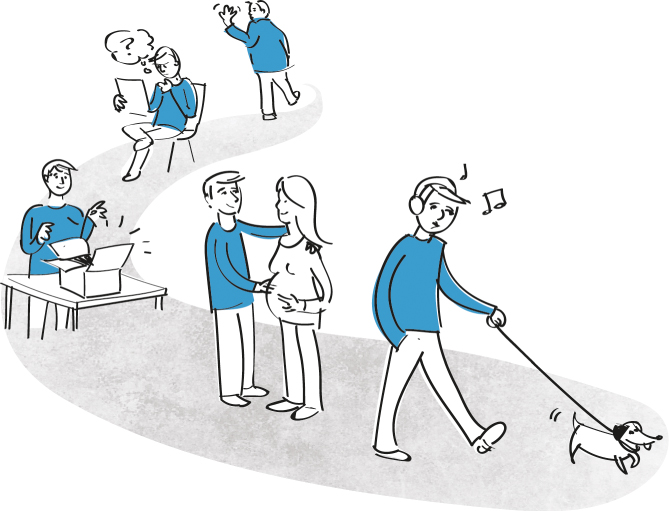Chapter 1Why Service Design

Service design has emerged in the early twenty-first century for a number of reasons, some of which we introduce in a driving trends section below. Service design also has a heritage that gives it a background and inheritance. Some of this is from older design approaches designed for mass manufacturing or communications. The arts of industrial design and of branding have influenced the thinking and practice of service design. Another strong influence has been from service marketing, which is where the first service blueprints were developed.
These two elements together—the why and the what—should provide a clear view on why service design, why now, and how it is relevant to you as a manager, leader, or business.
Three Trends That Make Service Design Relevant Today
It is not a coincidence that service design has emerged in the twenty-first century. Just as industrial and product design emerged with the development of mass manufacturing, service design is responding to some significant economic, social, and technical trends. Three trends, one in each of these categories, set the context for why service design is a growing discipline and of growing interest to more and more businesses and organizations.
Economic: The Trend Toward Value in Services
As economies mature, they move from agriculture to raw materials to manufacturing to services. This trend ...
Get Service Design for Business now with the O’Reilly learning platform.
O’Reilly members experience books, live events, courses curated by job role, and more from O’Reilly and nearly 200 top publishers.

